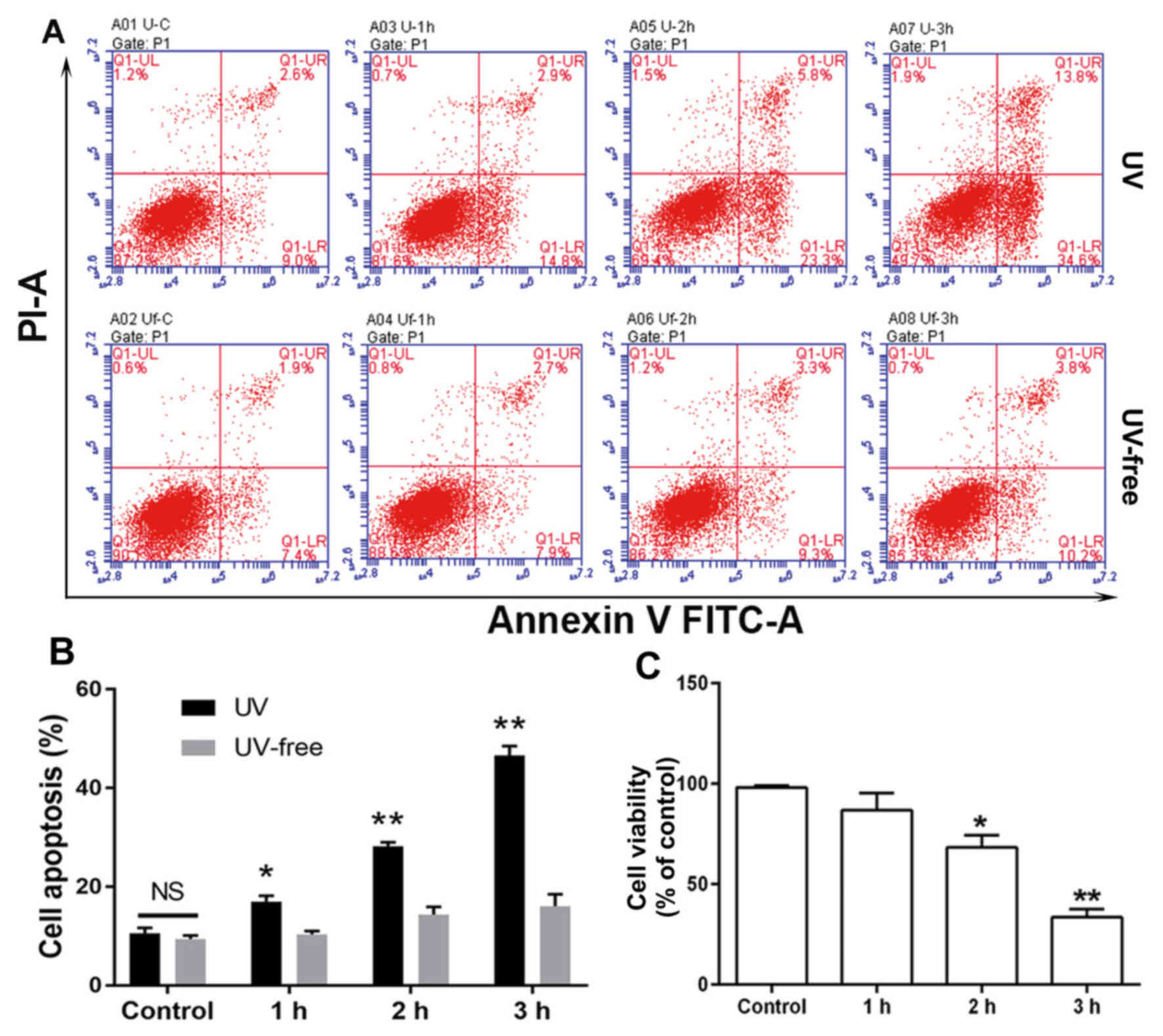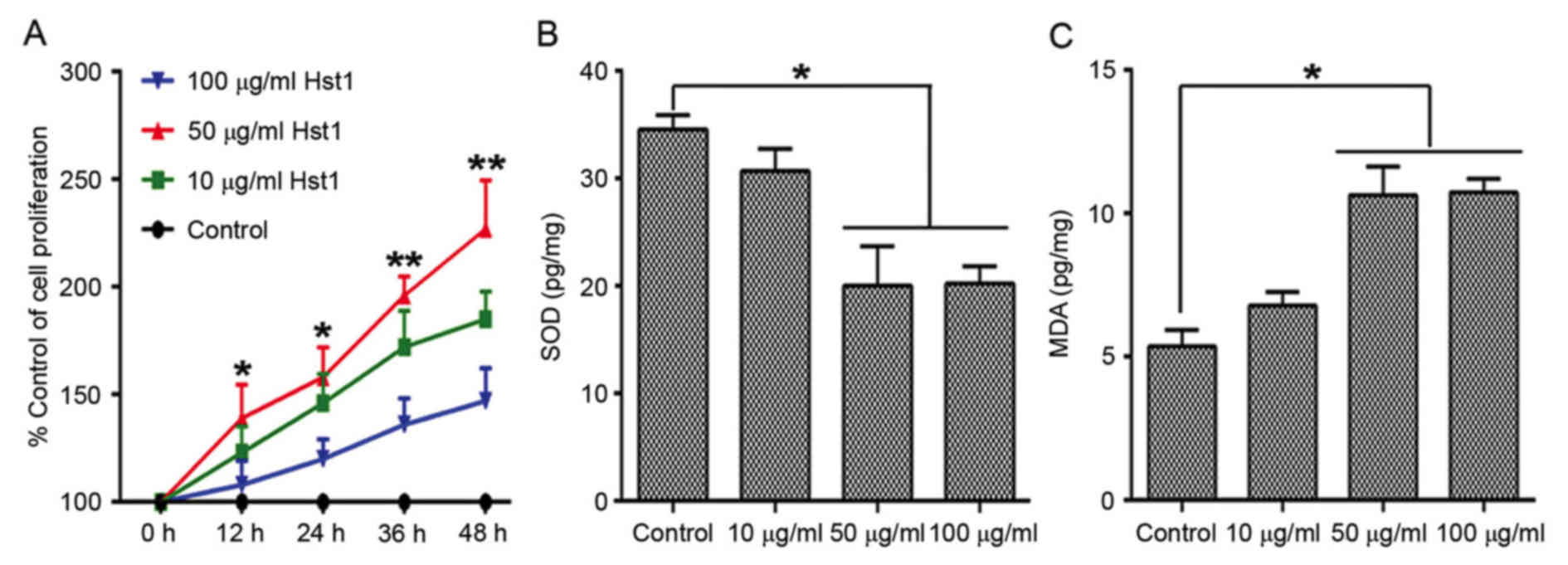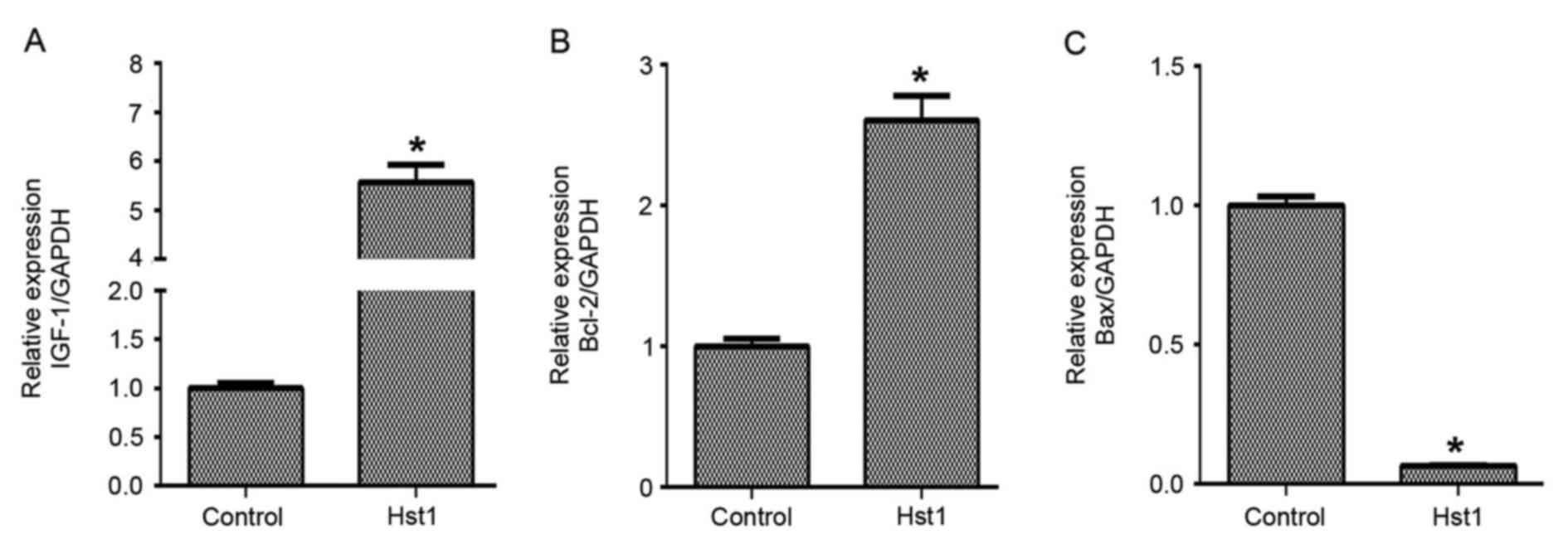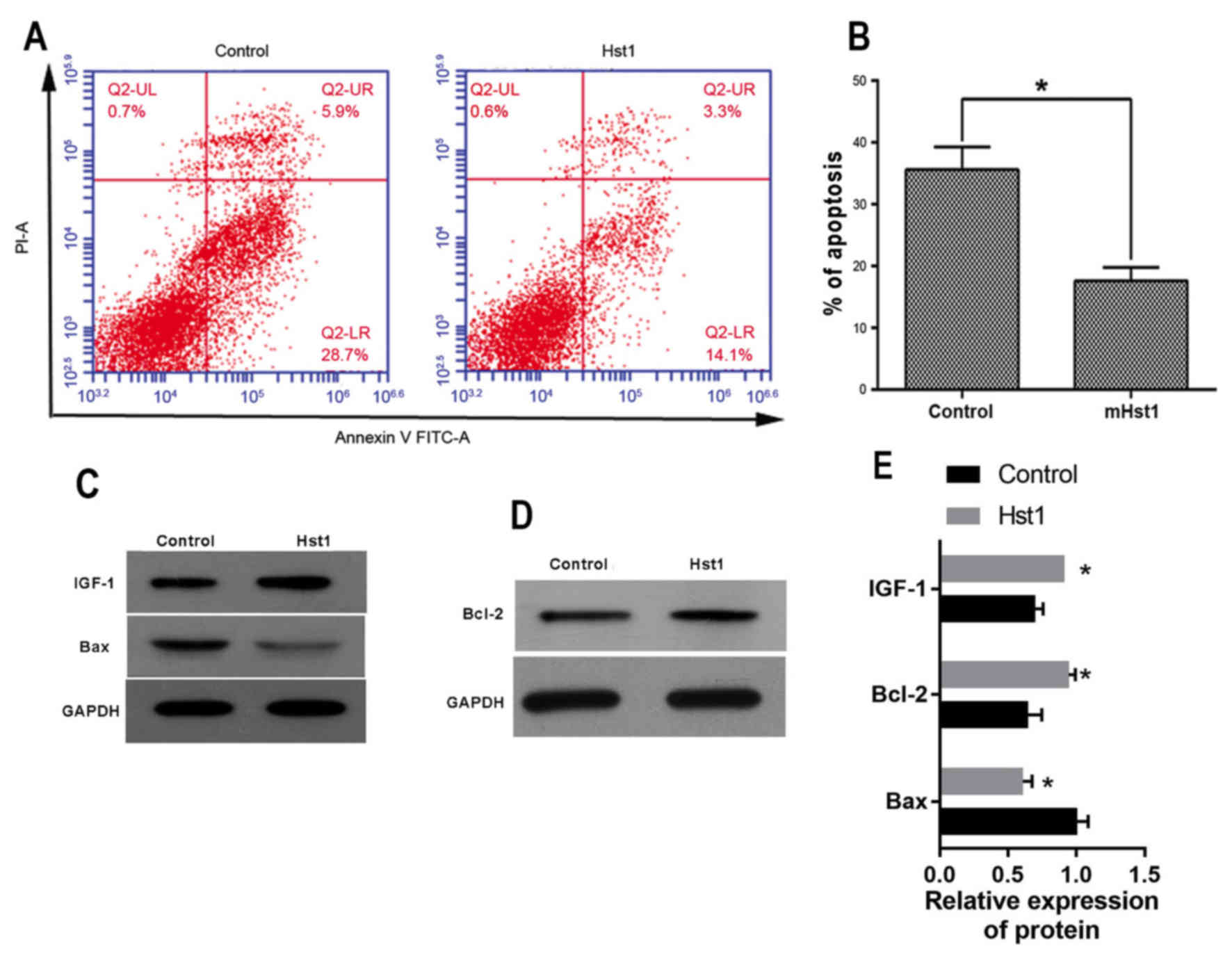|
1
|
Ng J, Coroneo MT, Wakefield D and Di
Girolamo N: Ultraviolet radiation and the role of matrix
metalloproteinases in the pathogenesis of ocular surface squamous
neoplasia. Investigative Ophthalmol Visual Sci. 49:5295–5306. 2008.
View Article : Google Scholar
|
|
2
|
Youn HY, McCanna DJ, Sivak JG and Jones
LW: In vitro ultraviolet-induced damage in human corneal, lens, and
retinal pigment epithelial cells. Mol Vis. 17:237–246.
2011.PubMed/NCBI
|
|
3
|
Halliwell B: Antioxidant defence
mechanisms: From the beginning to the end (of the beginning). Free
Radic Res. 31:261–272. 1999. View Article : Google Scholar : PubMed/NCBI
|
|
4
|
Cadet J, Berger M, Douki T, Morin B, Raoul
S, Ravanat JL and Spinelli S: Effects of UV and visible radiation
on DNA-final base damage. Biol Chem. 378:1275–1286. 1997.PubMed/NCBI
|
|
5
|
Jou MJ, Peng TI, Hsu LF, Jou SB, Reiter
RJ, Yang CM, Chiao CC, Lin YF and Chen CC: Visualization of
melatonin's multiple mitochondrial levels of protection against
mitochondrial Ca(2+)-mediated permeability transition and beyond in
rat brain astrocytes. J Pineal Res. 48:20–38. 2010. View Article : Google Scholar : PubMed/NCBI
|
|
6
|
Clydesdale GJ, Dandie GW and Muller HK:
Ultraviolet light induced injury: Immunological and inflammatory
effects. Immunol Cell Biol. 79:547–568. 2001. View Article : Google Scholar : PubMed/NCBI
|
|
7
|
vanderSpek JC, Offner GD, Troxler RF and
Oppenheim FG: Molecular cloning of human submandibular histatins.
Arch Oral Biol. 35:137–143. 1990. View Article : Google Scholar : PubMed/NCBI
|
|
8
|
Sabatini LM and Azen EA: Histatins, a
family of salivary histidine-rich proteins, are encoded by at least
two loci (HIS1 and HIS2). Biochem Biophys Res Commun. 160:495–502.
1989. View Article : Google Scholar : PubMed/NCBI
|
|
9
|
vanderSpek JC, Wyandt HE, Skare JC,
Milunsky A, Oppenheim FG and Troxler RF: Localization of the genes
for histatins to human chromosome 4q13 and tissue distribution of
the mRNAs. Am J Hum Genet. 45:381–387. 1989.PubMed/NCBI
|
|
10
|
Oudhoff MJ, Bolscher JG, Nazmi K, Kalay H,
van't Hof W, Amerongen AV and Veerman EC: Histatins are the major
wound-closure stimulating factors in human saliva as identified in
a cell culture assay. FASEB J. 22:3805–3812. 2008. View Article : Google Scholar : PubMed/NCBI
|
|
11
|
Chiarelli F, Santilli F and Mohn A: Role
of growth factors in the development of diabetic complications.
Horm Res. 53:53–67. 2000.PubMed/NCBI
|
|
12
|
Livak KJ and Schmittgen TD: Analysis of
relative gene expression data using real-time quantitative PCR and
the 2(-Delta Delta C(T)) method. Methods. 25:402–408. 2001.
View Article : Google Scholar : PubMed/NCBI
|
|
13
|
Pauloin T, Dutot M, Joly F, Warnet JM and
Rat P: High molecular weight hyaluronan decreases UVB-induced
apoptosis and inflammation in human epithelial corneal cells. Mol
Vis. 15:577–583. 2009.PubMed/NCBI
|
|
14
|
Lu L, Wang L and Shell B: UV-induced
signaling pathways associated with corneal epithelial cell
apoptosis. Invest Ophthalmol Vis Sci. 44:5102–5109. 2003.
View Article : Google Scholar : PubMed/NCBI
|
|
15
|
Hirsch T, Spielmann M, Zuhaili B, Fossum
M, Metzig M, Koehler T, Steinau HU, Yao F, Onderdonk AB,
Steinstraesser L and Eriksson E: Human beta-defensin-3 promotes
wound healing in infected diabetic wounds. J Gene Med. 11:220–228.
2009. View
Article : Google Scholar : PubMed/NCBI
|
|
16
|
Kavanagh K and Dowd S: Histatins:
Antimicrobial peptides with therapeutic potential. J Pharm
Pharmacol. 56:285–289. 2004. View Article : Google Scholar : PubMed/NCBI
|
|
17
|
Rivera-Pastrana DM, Gardea AA, Yahia EM,
Martinez-Téllez MA and González-Aguilar GA: Effect of UV-C
irradiation and low temperature storage on bioactive compounds,
antioxidant enzymes and radical scavenging activity of papaya
fruit. J Food Sci Technol. 51:3821–3829. 2014. View Article : Google Scholar : PubMed/NCBI
|
|
18
|
Li Q, Weng J, Mohan RR, Bennett GL,
Schwall R, Wang ZF, Tabor K, Kim J, Hargrave S, Cuevas KH and
Wilson SE: Hepatocyte growth factor and hepatocyte growth factor
receptor in the lacrimal gland, tears, and cornea. Invest
Ophthalmol Vis Sci. 37:727–739. 1996.PubMed/NCBI
|













